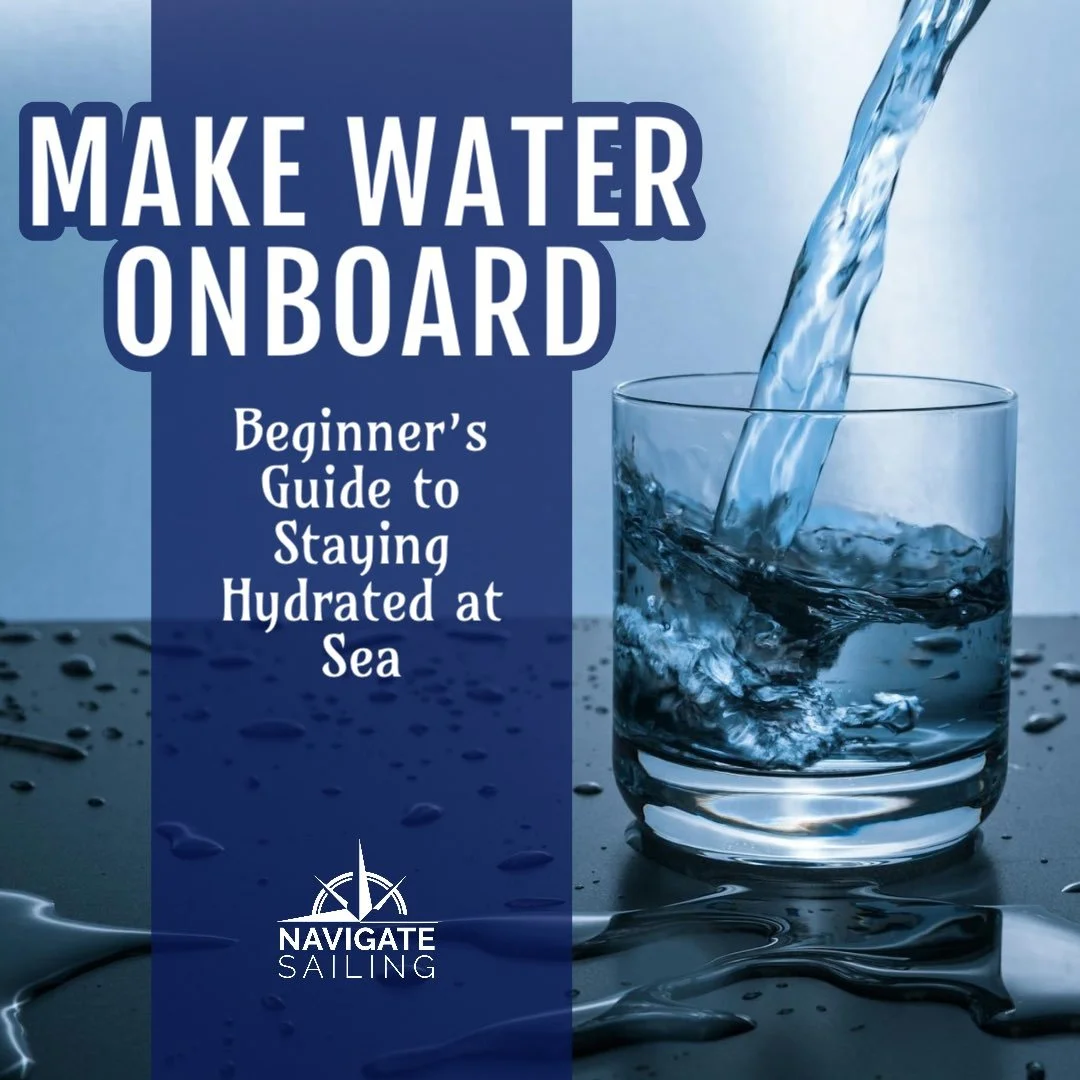Sailing to Morocco - 8 Myths Debunked
/While sailing the world, we were surprised that more of our fellow sailors did not want to make a stop in Morocco on the way from Portugal to the Canary Islands. Here we debunk some of the myths and answer the question about why people should want to sail to Morocco.
By Michelle Segrest — How to Get Your Sea Legs
When we were planning our sailing route from Germany to Alabama, the one place I was the most excited about was Morocco. As we met other sailors in France, Spain, and Portugal who were also headed to the Canary Islands for an Atlantic Crossing I was so surprised that many of them didn’t want to stop in Morocco along the way.
Some thought it was not a safe place to visit. Others had heard it was dirty and there was nothing to see. Others didn’t understand how to fit in with the culture, and others didn’t even want to try.
But none of those things stopped us.
I had wanted to travel to Africa since I was a little girl, and now I had the opportunity! For us, it was a no-brainer—we were definitely sailing to Morocco.
We sailed 369 nautical miles in 75 hours and entered the Bouregreg Marina in Rabat.
As the harbor master guided us into the marina, we immediately began to feel warm and welcomed. It took about 90 minutes to clear through customs, and we had to leave our drones and alcohol with the harbor authorities. They would be returned to us upon our departure.
Our first impressions were positive. It was easy to get through customs with our two sailing dogs, Cap’n Jack and Scout. Even though this is not a dog-friendly country, this process was simple. We only had to show their European Pet Passports, health certificates, up-to-date rabies and titer shots, and prove they had microchips.
Now that we were in Morocoo, it was time to answer the question, “Why Would Anyone Sail to Morocco?” and try to debunk the myths.
Sailing to Morocco Myth #1 – Morocco is not a safe place to visit.
Marina Bouregreg Marina in Rabat is safe. The King has a fleet of yachts on a private pier with armed guards at all times. By default, the other boats are also under close watch. Every pontoon has a guard, and the entire marina is fenced and guarded.
Walking through the big cities like Rabat, Casablanca, and Tangier is as safe or as unsafe as anywhere in the world. Tourists should be aware of pickpockets. Riding in a car in Morocco can be a safety risk, so just stay aware and watch out for other vehicles and the many crowded streets.
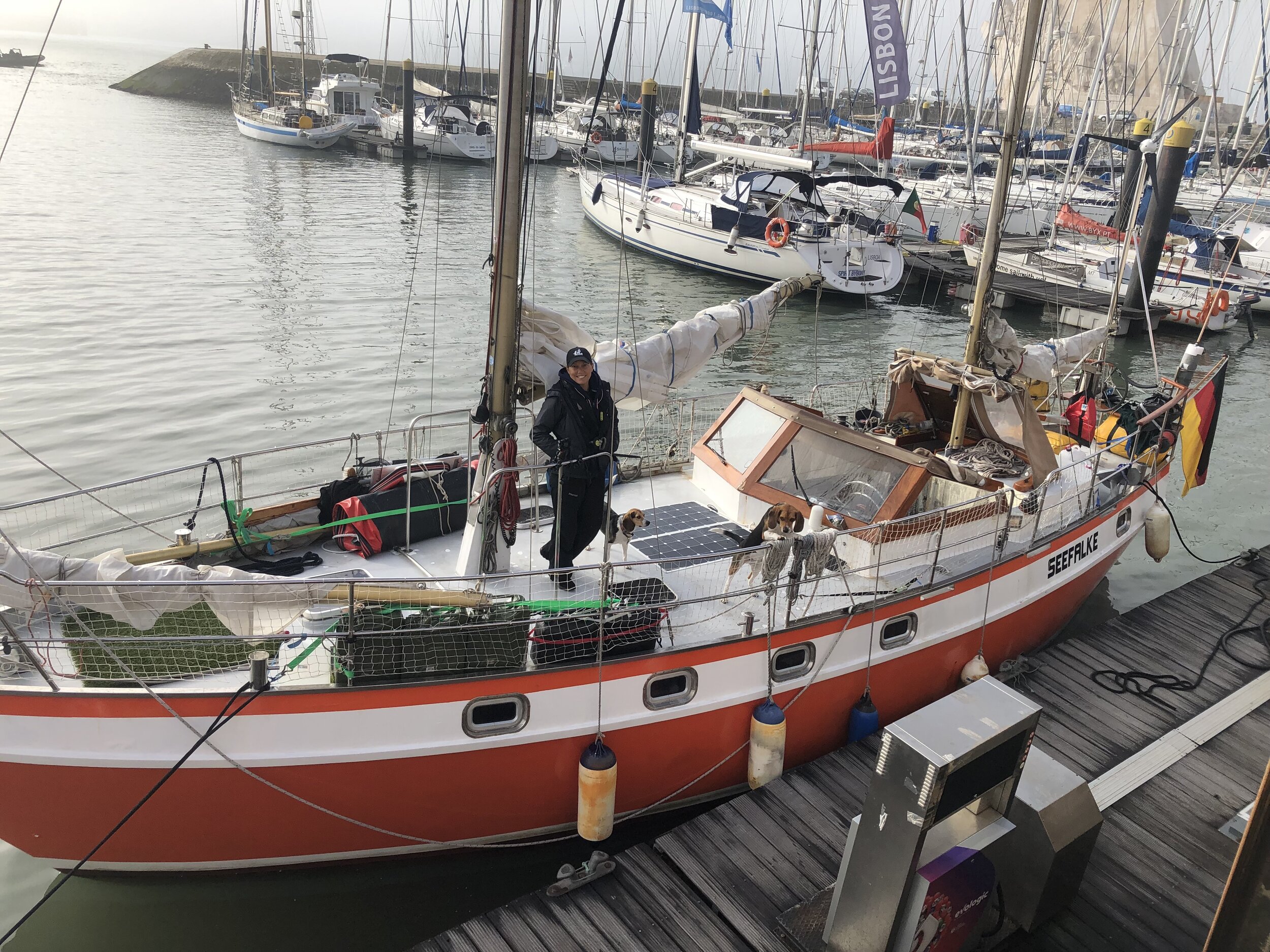
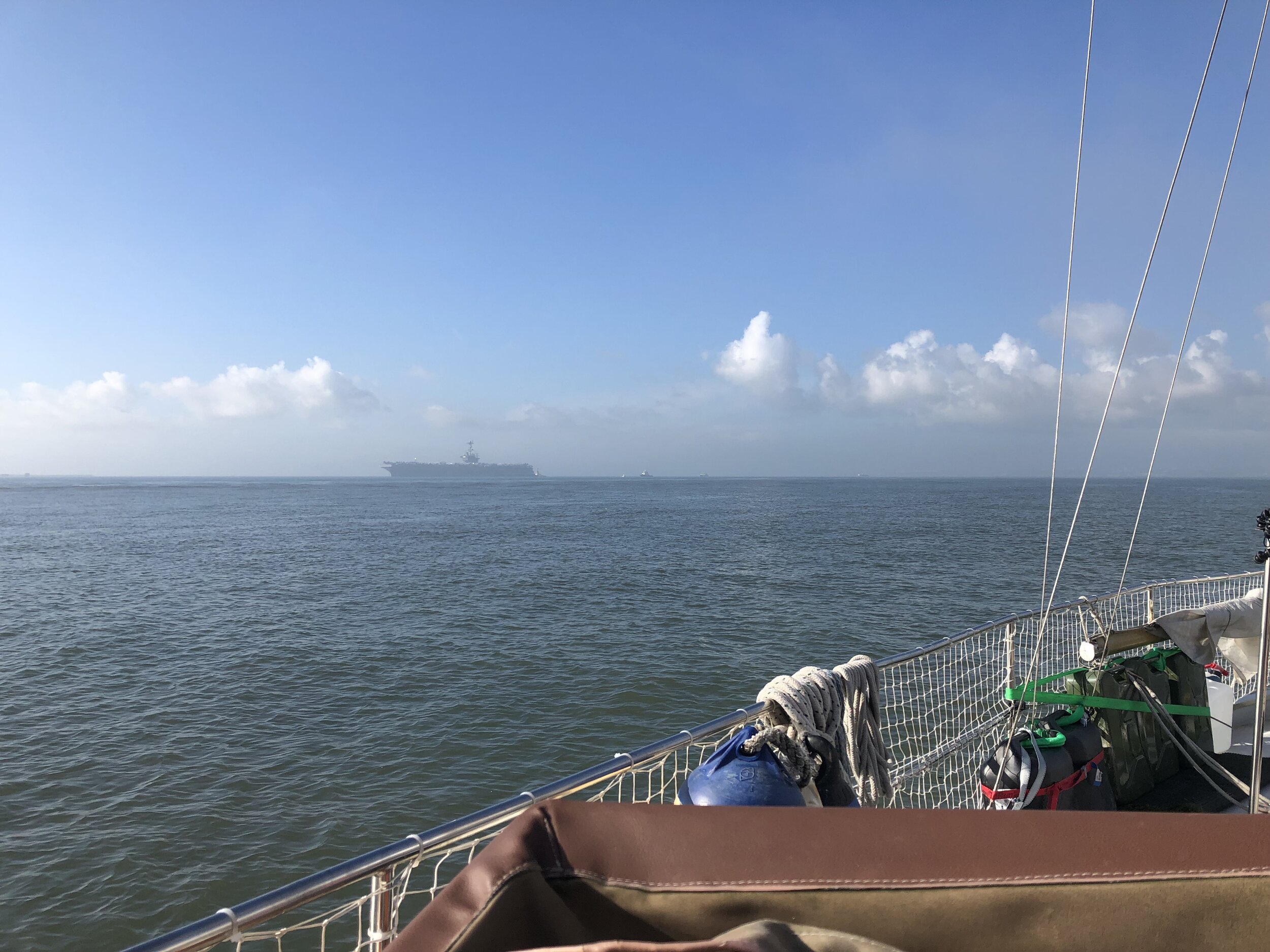
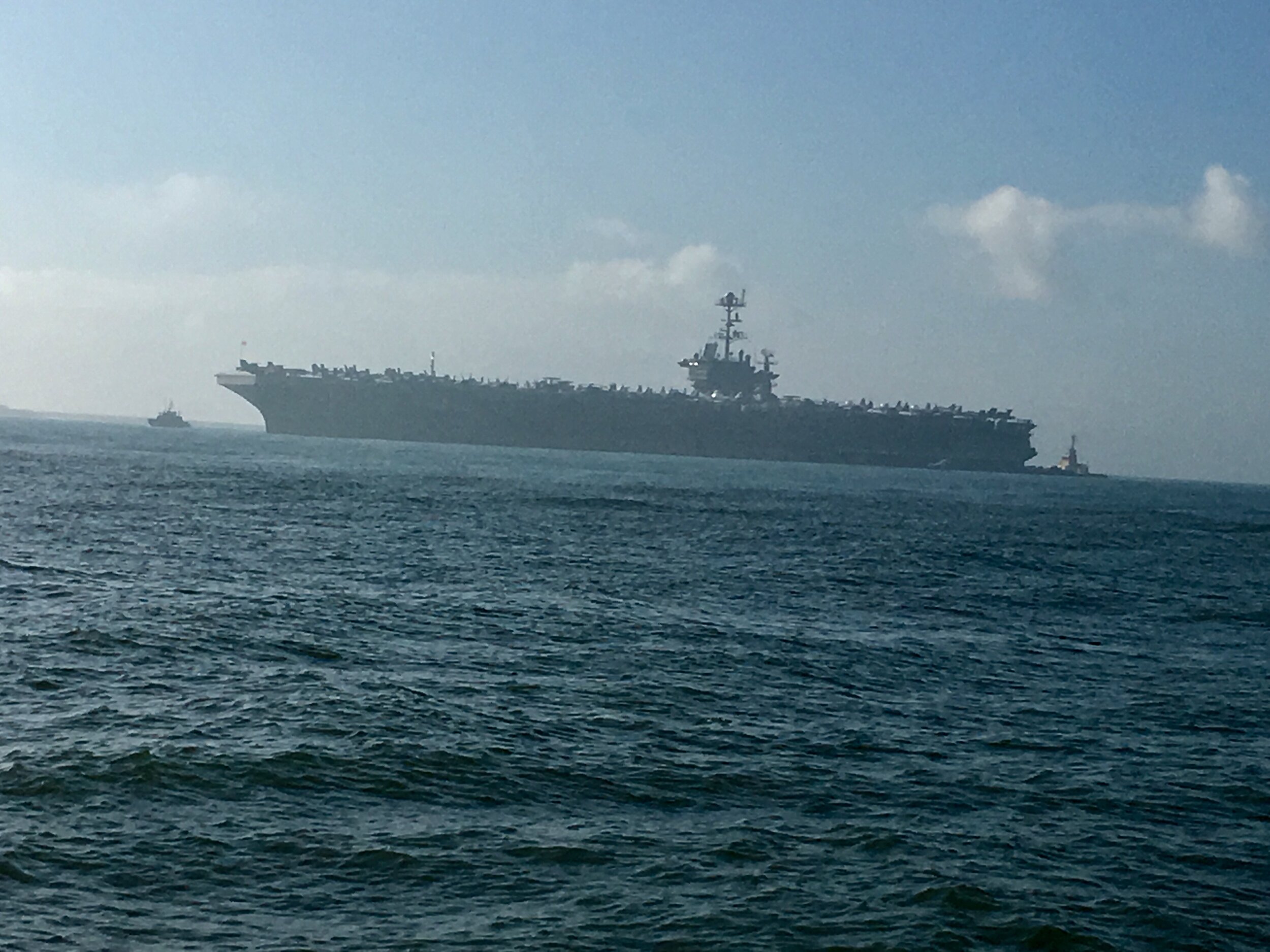

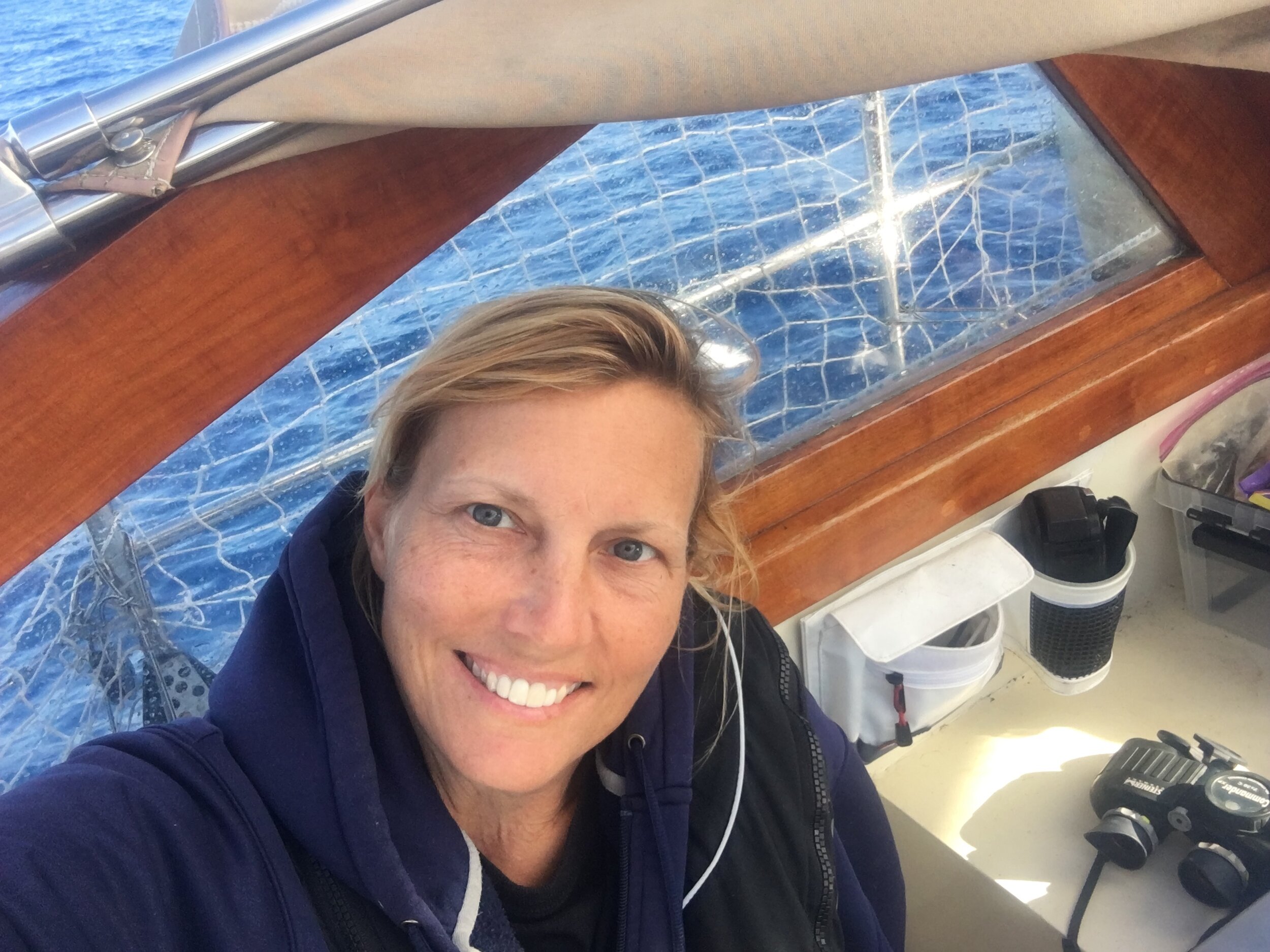

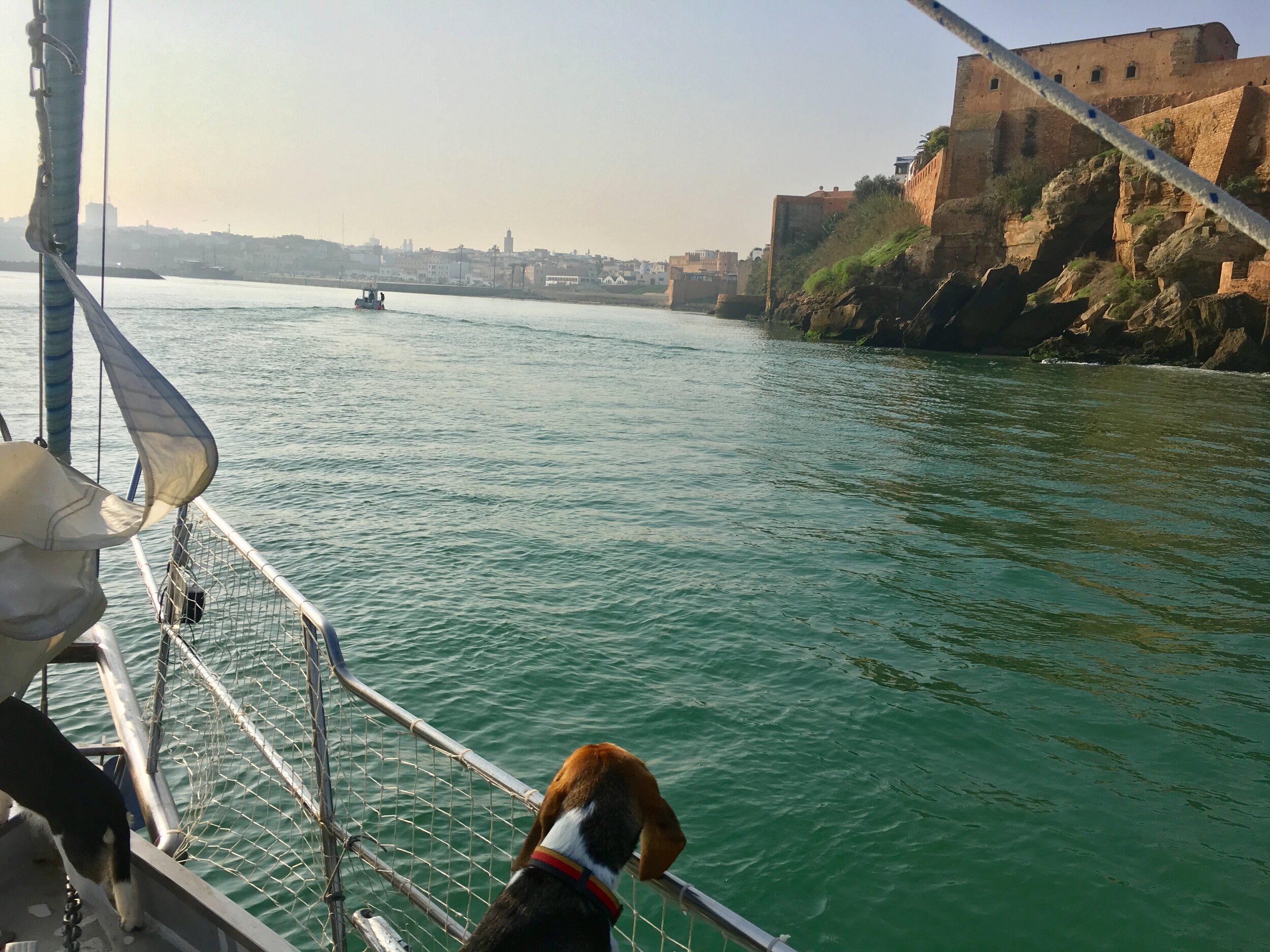
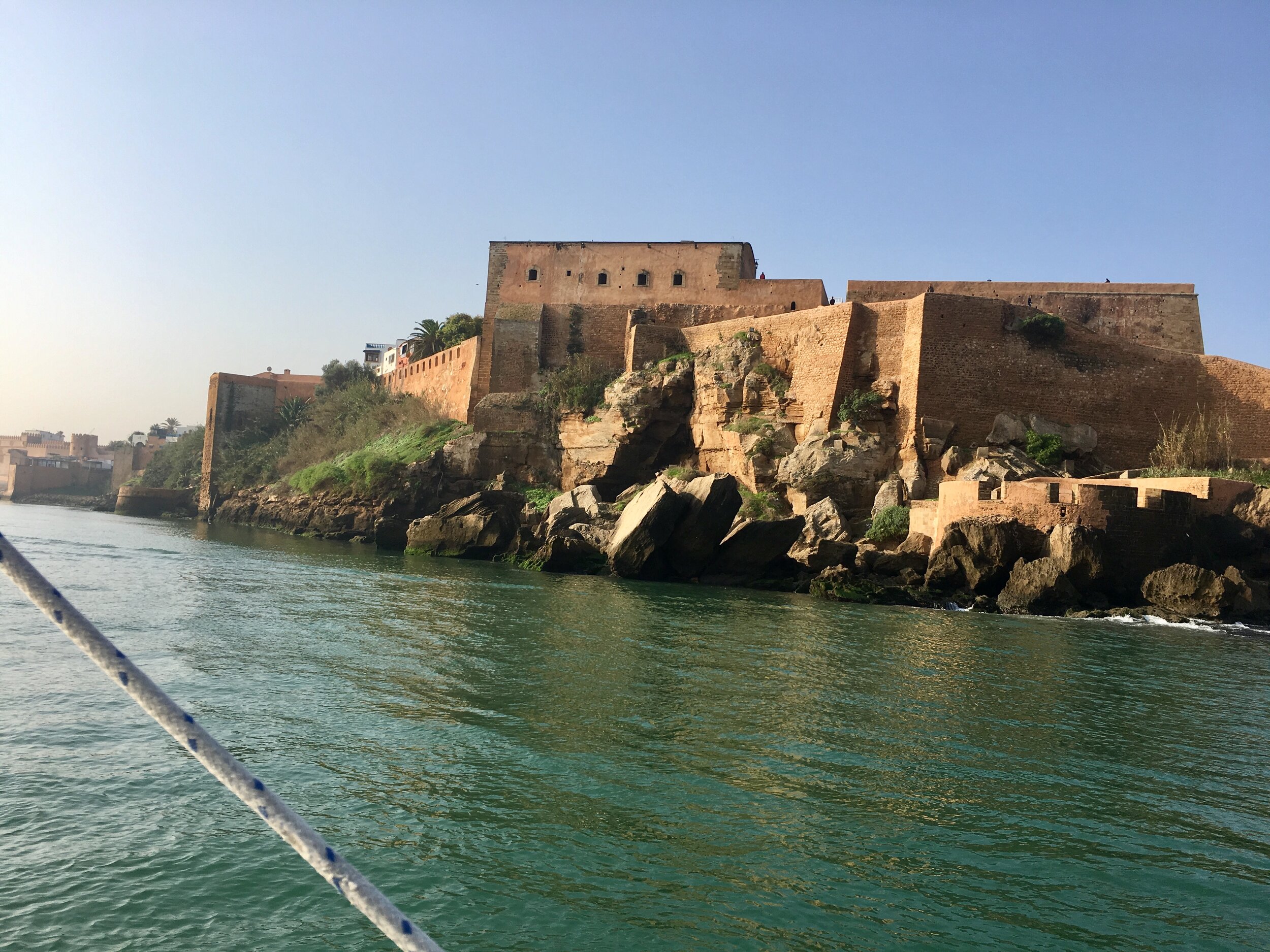
Sailing to Morocco Myth #2 – There is nothing to see in Morocco.
The Hassan II Mosque in Casablanca is the 5th largest mosque in the world and at 210 meters high, it’s mineret is the tallest in the world. It is the largest mosque in Africa and is a spectacular sight. The Mausoleum of Mohammed V, who finally brought independence from France to Morocco, is also a must-see feature. On the opposite side of the Mausoleum is the Hassan Tower, which was built in the 12th century, but was never completed. It was supposed to be the Mineret of the world’s largest mosque.
Saleh, on the opposite side of the Bouregreg River, was a haven for pirates in the late 19th century. Kasbah of the Oudayas at the mouth of the river in Rabat is a fort that was built in the 12th century. People still live there today.
Sailing to Morocco Myth #3 – There is a language barrier.
Two languages are widely spoken in Morocco—Arabic and French. If you speak either of these two languages, you will not have any problem whatsoever. In facilities like airports and marinas, some English is spoken. But off the beaten path, it may get a bit tricky. Thanks to Google Translate, the language should not be a huge barrier.
Sailing to Morocco Myth #4 – Clash of cultures.
Morocco is a Muslim country. The vast majority of the population is Muslim, and Muslim traditions are the way of the land. Morocco seems to be one of the most traditional Arabic countries without being fundamentalist in any way. We experienced Morocco to be welcoming, open, liberal, and curious but not hostile toward foreigners. On the streets, you can see women dressed in traditional Muslim clothes as well as modest, modern western fashions.
Sailing to Morocco Myth #5 – Morocco is not dog friendly.
The one thing about Morocco that surprised me the most is how they feel about dogs. Every other destination to which we sailed has been extraordinarily dog friendly. In Morocco, it is not common to keep dogs as domestic pets. However, there are many stray dogs and cats roaming the streets. This is the only place I’ve ever visited where people stare at you for walking a dog on the streets. The locals generally consider dogs to be wild animals.
Sailing to Morocco Myth #6 – There are no marinas.
Morocco is the logical stop for any sailor sailing from Portugal to the Canary Islands. However, there are only a few marinas along the coastline of Morocco. There are marinas in Larache, Kenitra, Rabat, Mohammedia, Safi, and one in Agadir.
Sailing to Morocco Myth #7 – The sailing approach is too dangerous.
Morocco’s Atlantic coastline is open and unprotected. There are no bays or islands that provide natural shelter against the respectable swell coming in from the oceans. Therefore, most of the marinas are in rivers, which can be challenging even for experienced sailors. In front of the marinas, there are sandbars that are feared for two reasons:
1. Their position, shape and depth change constantly.
2. The ocean swells build dangerously high breaking seas at those sand bars.
It’s crucial to carefully plan the passage to Morocco. Be sure to consult current handbooks and charts. However, even the most current will be out of date by the time you use them. This is why Marina Bouregreg offers free pilot service, which we highly recommend. Contact them by radio, and they will guide you over the bar to your berth.
Sailing to Morocco Myth #8 – The formalities are a hassle.
Morocco must be entered in an official port of entry. In Rabat, this is at Marina Bouregreg. The pilot guides you to the customs pontoon, where immigration, police and customs await you. Have your ship and crew documents ready for inspection. You must fill out several forms before proceeding to your berth. Don’t forget to hoist your courtesy and Q flags before entering the marina.
Why Would Anyone Sail to Morocco?
Now that we have debunked all the myths, we still have to answer the question: “Why would anyone sail to Morocco?”
Personally, we always felt safe in Morocco—in the marina, in the city center, and driving from city to city. Understand that off the beaten path there may be a different situation. However, this is true anywhere. There is plenty to see and do, and we were able to navigate the language and culture barriers just fine. We were always able to find a way to communicate. The clash of cultures, for us, was more interesting than difficult to handle. Just like anywhere you travel in the world, it’s up to you to find a way to adapt to cultures that may be unfamiliar to you.
With regard to the sailing challenges, these obstacles are easily resolved with careful passage planning. Approaches into most marinas are tricky, so just be aware of that.
Having been there, I can effectively say that I can’t really understand why anyone would not want to sail to Morocco!
If you like this sailing adventure blog about sailing to Morocco, Africa, please PIN IT!
This page contains affiliate links. If you click on the product links and make a purchase, it allows me to make a small commission at no extra cost to you! Thank you for your support and I hope you find value in this content!












